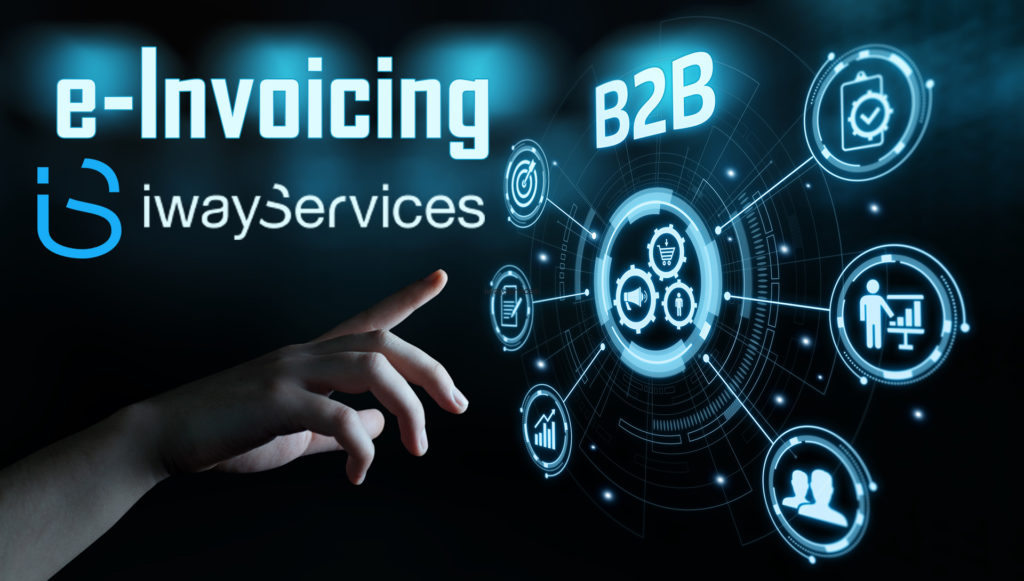The purpose of e-invoicing
After the obligation to use electronic invoices with French institutions, it is the turn of French companies (domestic B2B) to comply with the obligation to exchange their invoices in dematerialized form.
The goal of e-invoicing is to speed up processing, to reduce payment delays and lower processing costs. For businesses, this allows the automation of the invoicing process with data validation and confirmation of their successful integrations. Ultimately, this will allow you to be paid faster and cheaper thanks to dynamic discount.
For the administration, this will ensure that all applicable VAT is collected, that the tax deductions correspond to the proper VAT, prevent and detect fraudulent behavior and ultimately support economic activity.



